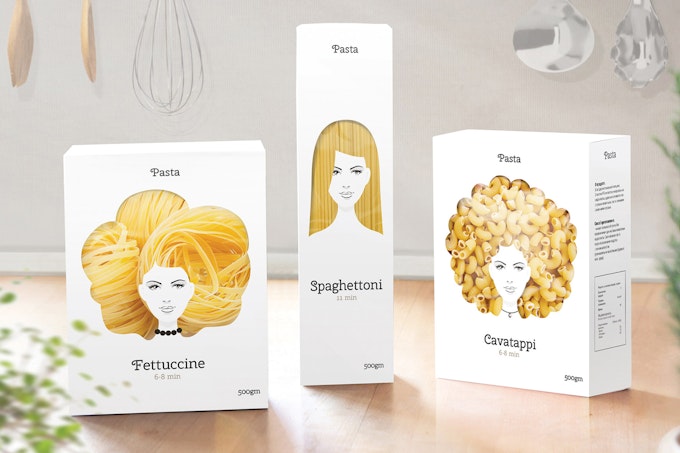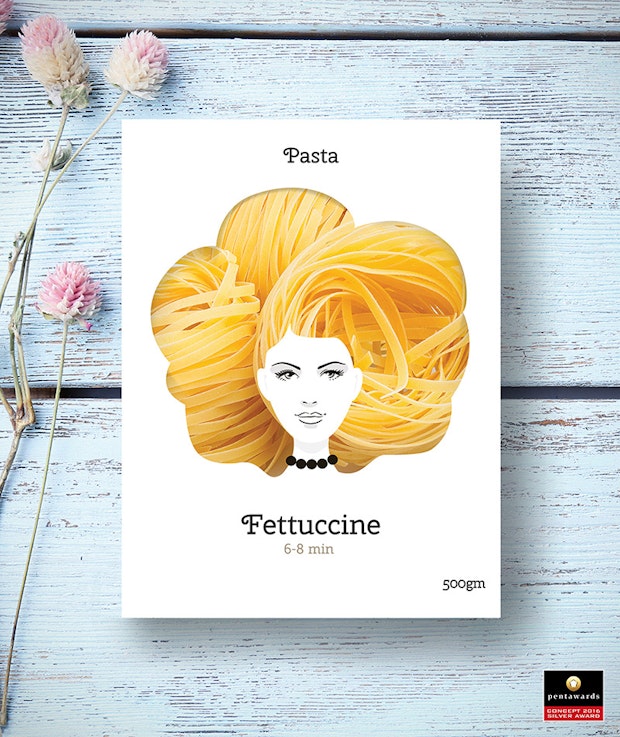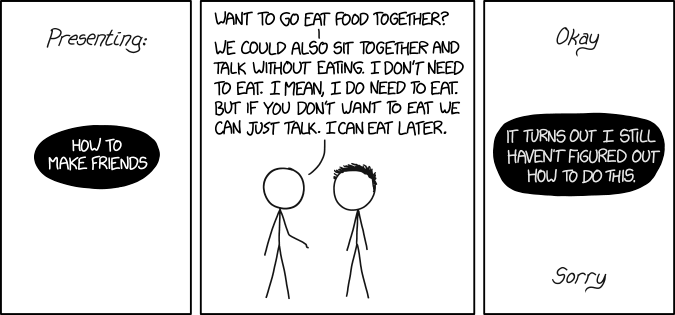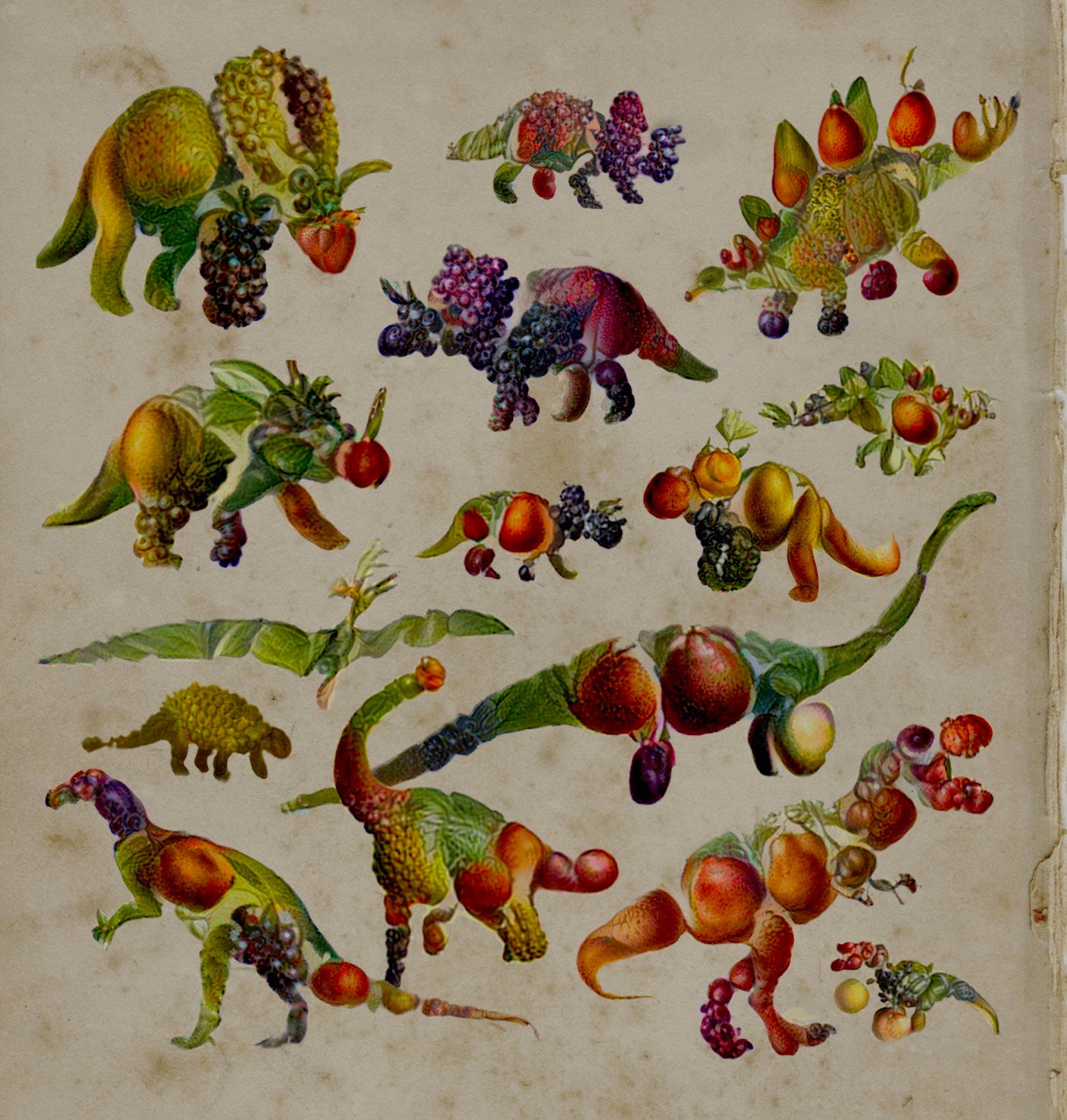
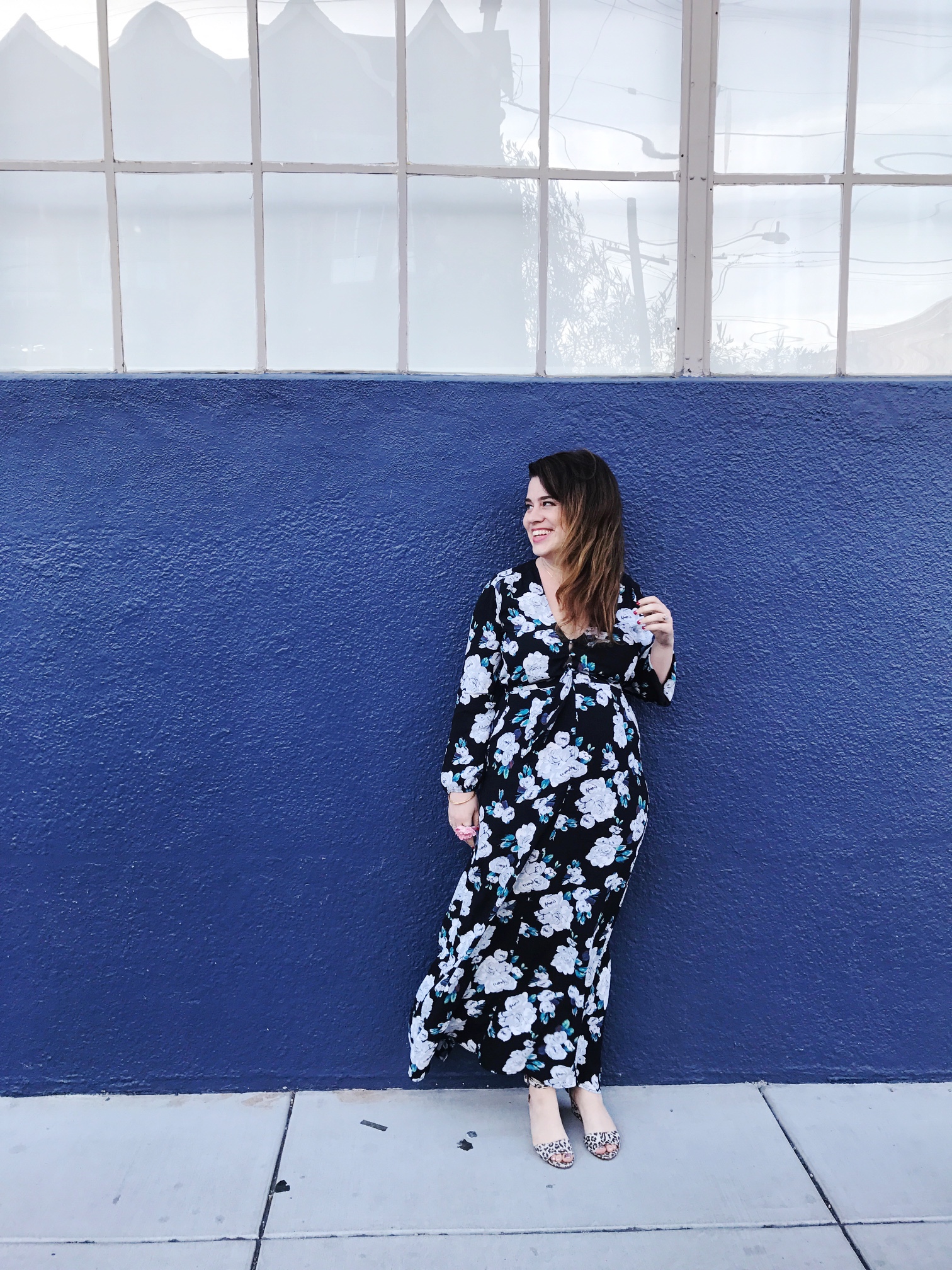
The first quarter of this year at work was something I’d maybe describe as a tornado-shit-storm. If there is a checklist of challenges you can face as a boss, it felt like I crossed every single one off the list in the first three months of the year. It was survivable, but it in short, it sucked.
In the middle of some of the worst work stress of my life, I noticed one thing: I didn’t have impostor syndrome anymore. Magic, right? But the thing is, I realized that the problem was never impostor syndrome. The problem was the patriarchy.
Who Let Me Have This Job?
You know that feeling that eats at you? Am I really qualified to do this? Why am I in charge here? Do I deserve this job/salary/title/fancy plaque on my desk? (Okay, fine, the plaque on my desk says, “What would Beyoncé do?,” but still.) Like many women and people of color, that feeling has eaten away at me at work for years, and it was at its worst when I was in an environment (investment banking, god help me), where nobody looked like me. I spent my twenties stumbling around trying to figure out what I was doing in my life and how to be a good employee in a variety of hostile environments, and I spent much of my early thirties wondering if I deserved this job I’d made for myself that nobody took seriously, and dear God who gave me people to manage?
When I think about it, part of impostor syndrome should be normal. Not the part where you feel less than the guys issued the Ruler of the Universe Crown at birth. But the part where most twenty-somethings don’t know how to do their jobs really well, and most early-thirty-somethings are still struggling to get their feet under them as they move up the ranks? The feeling of struggle that goes with that is exactly what should be there. Maybe the problem is not that women have impostor syndrome, it’s that men don’t have more of it. Because the part of your brain that wonders, “How did I get here, and why is anyone listening to me?” That’s pretty healthy. The part of your brain that wonders, “Why does nobody here look like me, and does that mean I’m not cut out for this?” That’s bullshit.
But maybe we should embrace the part of impostor syndrome that’s really just learning and growing. Because knowing that you don’t know everything opens you up to learning so much more. When you lean in to that uncomfortable feeling of not knowing, you are often able to master a new skill, whether that’s how to manage your finances, or how to do your job, or how to be a boss. The trick is that you need to be allowed the time to own it once you do grow into it.
I Run This Mother
I still was as clear as ever that I don’t entirely know what I’m doing. I assume—and hope, really—that will never change, because if you know everything there is to know, you’re probably in the wrong job. I am still constantly trying to get my feet under me as a boss and figure out how to successfully manage people. (Bosses in the house, you know what I’m talking about, managing people fairly and compassionately is a hell of a learned skill.) I am always facing my limits about what I know about running a business (aka, my job), and constantly making mistakes and learning from them. But still, something was different.
But for the first time, my years of experience caught up with me. When someone questioned my authority, I realized that I had a very clear answer: “I’m in charge because I’ve been doing this a long time, and I know more about it than you do.” Did I say that out loud all the time? No. But it did make me secure in the hard choices I was making. Knowing that as always, I might not get them right, but I had as good a chance as anyone of picking the winning horse, even if I didn’t look like most founders and CEOs in my industry.
Strong Enough To Bear The Children…
But here is where the patriarchy catches up with me, again. I’ve noticed that at the exact same time that I’ve started to grow into myself… as a boss, and just as a woman and human in general, the world has started telling me that I’m becoming irrelevant. It happens in a million little ways, every single day. The message is that I should slowly give up, my best is behind me. Because after all, what is less relevant than being a middle-aged woman? That was a trick question, because clearly the answer is an old woman. But that proves my point exactly.
As the men around me age, they grow into their power. They get promotions; they’re seen as increasingly relevant and important. They’re in the prime of their lives, the center of their careers. But as women hit their mid- to late-thirties, and quite possibly have kids, we’re told that we’re getting too old to be powerful. We’re past our prime.
We’re being asked to trade in our impostor syndrome for irrelevance.
…And Get Back To Business
Maybe the answer is in that shiny plaque on my desk after all. What would Beyoncé do?
Every time I’m faced with a veiled (or not too veiled) reaction to my age, and how that relates to my cultural relevance, I raise an eyebrow and think of Beyoncé. Because I think we can agree that nobody is more relevant in this cultural moment then Queen Bey. And while Bey and I come from different life circumstances and have very different sets of privileges, Beyoncé and I do happen to be very close in age.
I like Beyoncé’s older work well enough, but it’s her new work that has catapulted her into deep, culture shaking relevancy. It’s her view of married sex in “Partition.” It’s her view on the profoundness of motherhood in “Blue.” It’s her humbling dive into the heart of a marriage in trouble in “Lemonade.” On the deepness of adult love in “Die with You.” The whirling exploration of women’s friendships in “7/11.” I could go on.
And Bey isn’t just relevant, she’s also a real life boss, like so many women are in their prime years. And not the “Slay All Day, Be Boss” kind of boss that we’ve all seen on a zillion mugs on Etsy. She’s hiring and firing and making hard decisions, and owning all of it. Because, as she’s reminded us, she might just be a black Bill Gates in the making.
Impostor Syndrome Was Never The Problem
Growing out of my impostor syndrome has been great. But as I’ve shed that skin, I’ve realized there was never anything wrong with feeling like I didn’t know what I was doing. I didn’t feel experienced enough for the work I had to do because… I wasn’t yet. And that’s okay. It’s great even. I’d rather that we know we’re not there yet than be gifted the King of the Universe mantel by society when we haven’t earned it.
The problem isn’t exactly impostor syndrome. The problem is our instinct to dismiss women when they’re still just learning, and then to write them off more permanently when they’ve grown into themselves. Sooner or later I’m going to be a middle-aged woman, as much as that phrase terrifies me. And I’m also starting to get solidly good at my job, and I have finally actually earned my place as a wedding expert and wedding writer (the media started quoting me that way well before I felt ready to own it). But it’s not just that. I can also pick out good jeans, and nail sex, and tell you what on fleek means (and to stop using it already).
I don’t feel like an impostor in my job and life anymore. I’m the real thing. And that’s relevant AF.
Have you Broken through impostor syndrome in your life or career? If you’re still feeling like someone is about to tell the world you’re a fake, what’s holding you back? Are you scared of not being seen as RELEVANT or important as you age?

This post was sponsored by Squarespace. We are thrilled to be partnering with Squarespace again this year to talk about what it means to be a woman with hustle in 2017. If you’re looking to make a career change or kickstart one on the side, one of the best things you can do for yourself is create a home online where you can show off your work in the form of a portfolio site, an online resume, or another hub where you can display just how awesome you are. Squarespace provides the creative tools that make it easy to build your online home beautifully, even if you’ve never made a website before and have no idea where to start. Squarespace is offering APWers a 10% discount on your first purchase when you use the code APW17 at checkout. Click here to get your website started today with a free 14-day trial from Squarespace.
Image Credit
Kate Levy for APWThe post My Breakthrough: Impostor Syndrome Was Never the Problem appeared first on A Practical Wedding: We're Your Wedding Planner. Wedding Ideas for Brides, Bridesmaids, Grooms, and More.







